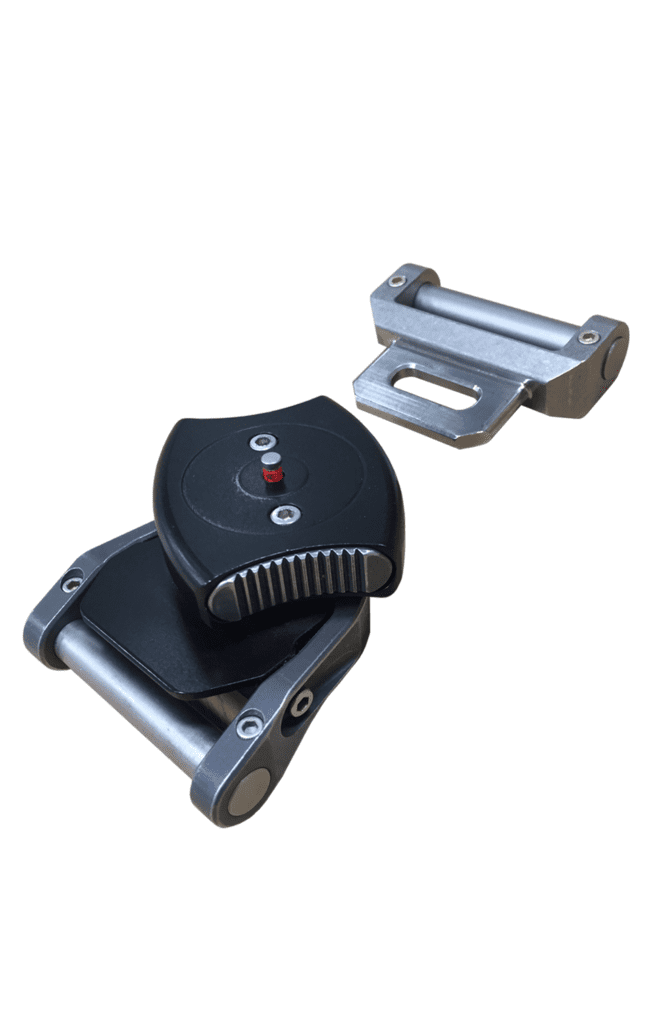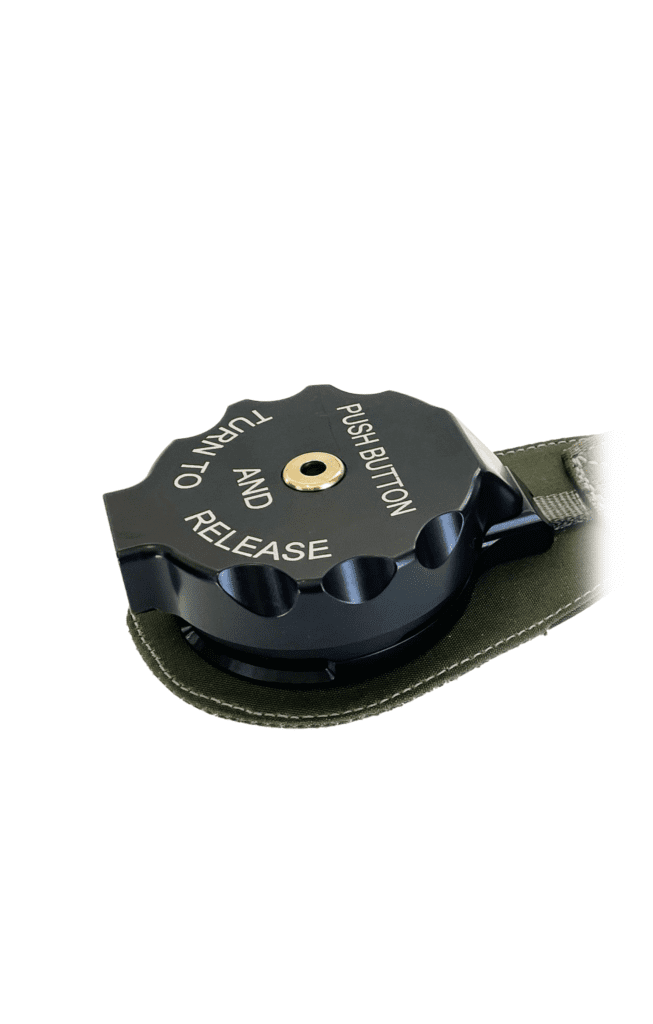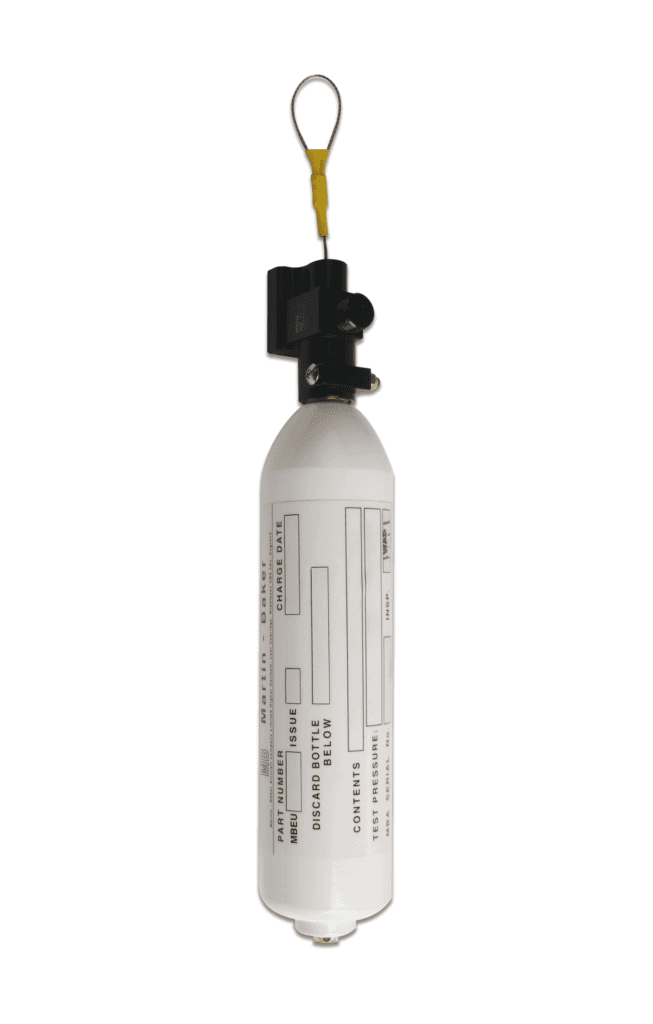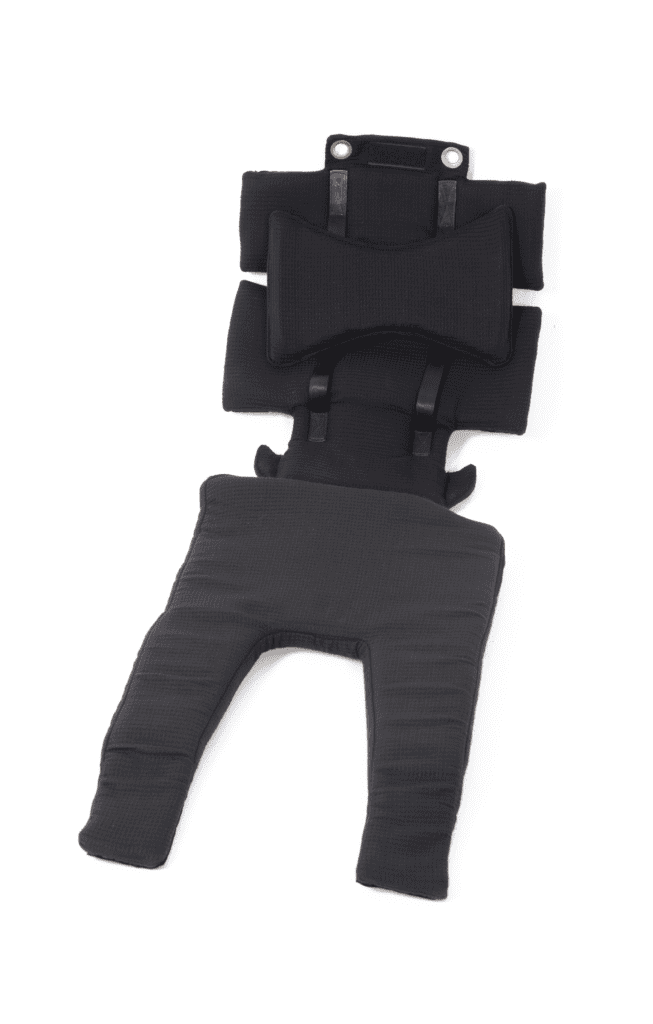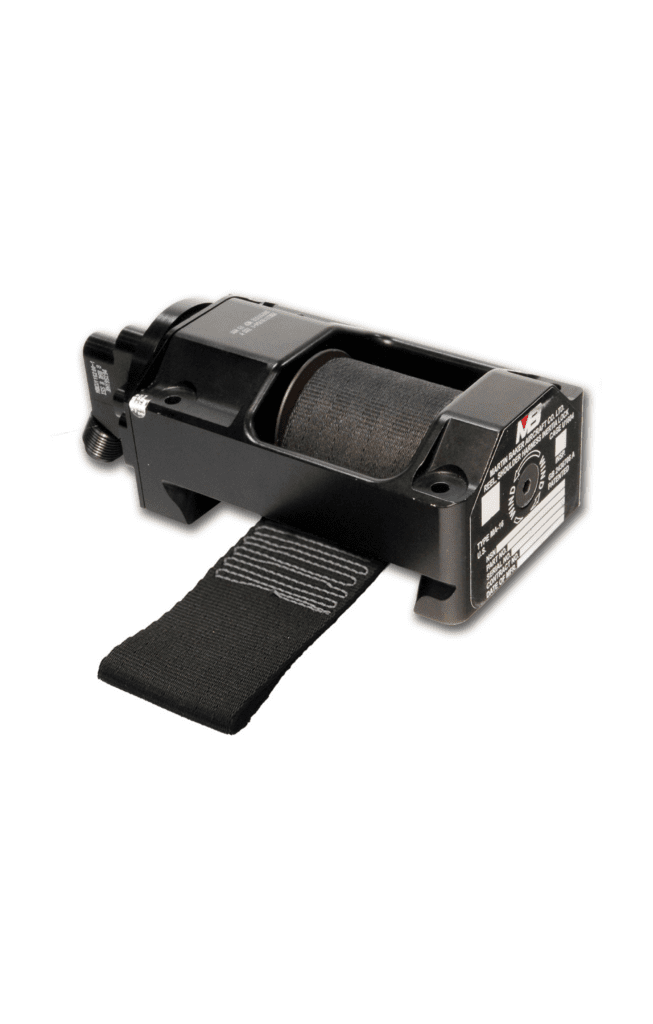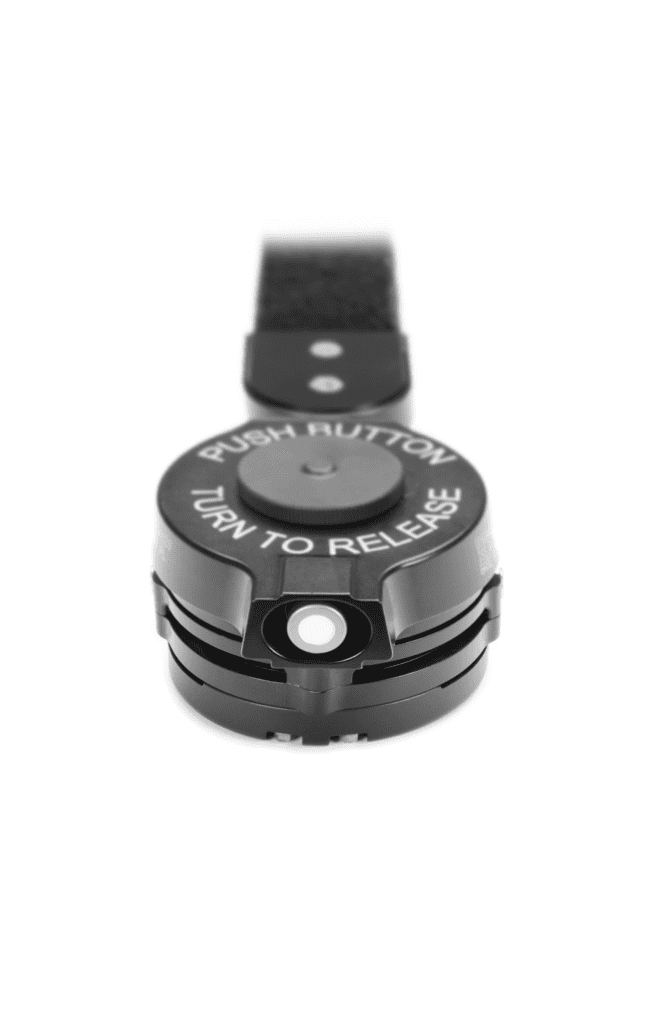What We Do
DIT
Digital Inline Timer
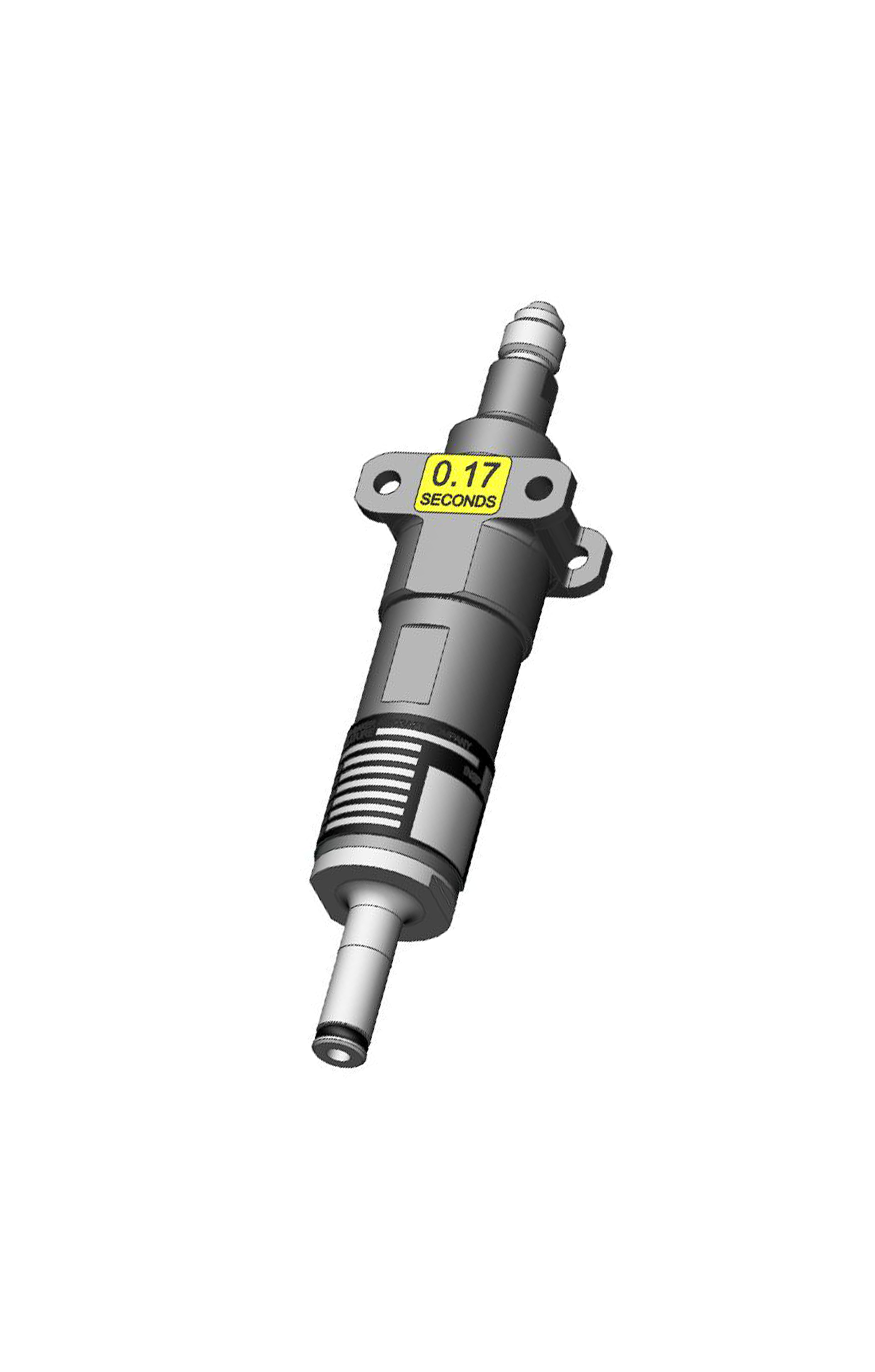
DIT
Digital Inline Timer
Fitted into T-38, F-5, Gripen and more
The timing of various ejection seat functions is critical. Martin-Baker uses three types of device to control these timings:
- An electronic sequencer
- A clockwork timer
- A two-part ‘time delay’ explosive cartridge, one that is relatively slow -burning (the ‘timer’) and the explosive cartridge itself.
The first two devices have been designed and developed over the years to a high level of performance, which is also continually upgraded.
The time delay cartridge is not of Martin-Baker design and cannot be developed by us. They are subject to manufacturer production delays and are not always cost-effective. Therefore as part of our philosophy of continuing improvement and as a result of listening to customer issues, we have developed the Martin-Baker Digital Inline Timer (DIT).
The DIT is the same fit and function replacement for the current range of time delay cartridges and incorporates a high level of redundancy. It receives the same explosive gas as before and produces a similar gas pressure following a pre-programmed time delay within a range 0.14 to 4 seconds.
The exact time delay is under software control and is determined prior to the software being embedded in the Micro-Controller Units (MCU) of the DIT.
The benefits to Martin-Baker are the much-reduced tolerance, typically ± 0.010s across -65°F to 200°F. It is also software programmable in 1ms increments from 0.14 to 4.00 seconds.
Customer benefits include an additional source of supply with reduced lead times and enhanced performance during the ejection phase.
The DIT is currently fitted into many aircraft, such as T-38, F-5 and Gripen.
It is now offered as standard on any Martin-Baker new development ejection seat and can be retrofitted to a wide range of Martin-Baker ejection seats.
| Time delay | 0.14 – 4.00 seconds programmable in steps of 1 ms |
| Timing accuracy | ± 25 ms |
| Installed life | 4 years (possible increase to 6 years subject to life extension study) |
| Mass (typical) | 0.480 lbs (219 g) – dependant on configuration |
| Initial input pressure | No-fire < 400 psig (< 2758 kPa); All-fire > 600 psig (> 4137 kPa) |
| Output pressure | Typical Configuration: 1000 – 2000 psig (6895 - 13790 kPa) when fired directly into a 5 in³ bomb chamber. Note: The output pressure can be tailored to match specific application by varying the amount of pyrotechnic filling. |


